Our Tigerquoll logo now a registered trademark
We have just been notified by IP Australia, the Australian Government’s official registry of intellectual property (that is, governing Australian trademarks, patents and designs, etc. by home grown Australians) that The Habitat Advocate branded logo (image above) has just been legally registered in Australia.
On the record, this is from 30th September 2024.
 Loading...
Loading...
 Loading...
Loading...
So, we’re pretty happy with this, just quietly. That’s why we’re happily informing the whole Planet! 🙂
A moment of indulgent reflection, if one may…
Well, it’s been a while for us.
Steven John Ridd is the founder of The Habitat Advocate, an environmental conservation advocacy website, championing the cause of the rights of native habitat.
Born in Melbourne, then having travelled on sabbatical, and then having relocated from renting in expensive eastern Sydney’s Randwick out to regional Katoomba in the natural Blue Mountains in 2001, I first registered the business name ‘The Habitat Advocate‘ with the then NSW Department of Fair Trading at Parramatta and the domain habitatadvocate.com.au together back on 10th May 2006. A date close to my heart – my 42nth birthday.
I have used the motto for The Habitat Advocate (A voice for native habitat) publicly since 2001, and the logo (image above) since 2006.
I felt I needed to protect both; this is especially since recently on Google, the use of the word ‘habitat’ and the term ‘habitat advocate’ have become popularised terms used by unrelated others for other purposes. May be they just liked the concept. I did back in 2001 before the trend, because of its genuine natural meaning that was understandable to many, rather than use more highfalutin scientific terms like ‘ecology‘.
So, I commissioned this particular image to be painted by professional wildlife artist, Lyn Naismith, back in 2006 and I invaluably hold her original artwork.
I conceived and designed the logo to be of Australia’s most threatened endemic top order predator in the ecological food chain, the Tigerquoll. I wanted to convey the message of the ongoing threats to native habitat. So, I felt it necessary that the logo image convey reality of being threatened, rearing up on a dead tree branch with nowhere to retreat in its native habitat.
Ecologically, if top order predator communities subsist healthily, then that is a positive signal that the broader localised ecology is healthy as well. That is why we chose the Tigerquoll symbolically.
And we prefer the name Tigerquoll rather than the more lame academic descriptive term of ‘Spotted Tailed Quoll’. That is, we wouldn’t suggest anyone try to pick up and cuddle a Tigerquoll without being ripped to shreds. It’s just like we wouldn’t suggest anyone try to pick up and cuddle an Australian native Brush-tailed Possum with is strong sharp claws and territorialness. Tigerquolls eat Brush-tailed Possums for breakfast, if you know what I mean.

A captured Tigerquoll from Radiata Plateau in 2008. Photo: Courtesy of local identity Glenn Humphreys, who caught it after losing some of his chickens from his rural backyard coop. Glenn handed this caged quoll over to the local National Parks and Wildlife Service of NSW to relocate it into the Blue Mountains National Park nearby.
So, I sincerely thank Lyn for reading my sentiments in this respect exactly, to her credit.
The Tigerquoll remains an endangered native Australian Tigerquoll (Scientific name: Dasyurus maculatus). Further reading: http://www.environment.gov.au/cgi-bin/sprat/public/publicspecies.pl?taxon_id=75184
Bureaucratic wheels turn slowly, but now I own the image as a registered logo. This logo is emblematic to promote the habitat threat and our conservation advocacy for native habitat, and this top order predator the Tigerquoll is ecologically apt.
There is one held in captivity in Healesville Sanctuary, but since it is nocturnal, no visitors get to see it in its enclosure by day, and the sanctuary is closed by night. Crazy idea that, and its tiny prison cell-sized enclosure is cruel. They should instead release it into its native habitat and provide visitors with a video presentation to visitors, akin to the Sanctuary’s enclosed darkened platypus auditorium…
[SOURCE: ^https://www.zoo.org.au/healesville/ ]
It’s about responsible governmental legislative respect for the value of wildlife and proactively decent funding and ecological preservation, restoration and perpetual heritage management of their precious disappearing habitat to sustain their very survival.
Tags: IP Australia, Registered Trademark, Steven John Ridd, The Habitat Advocate
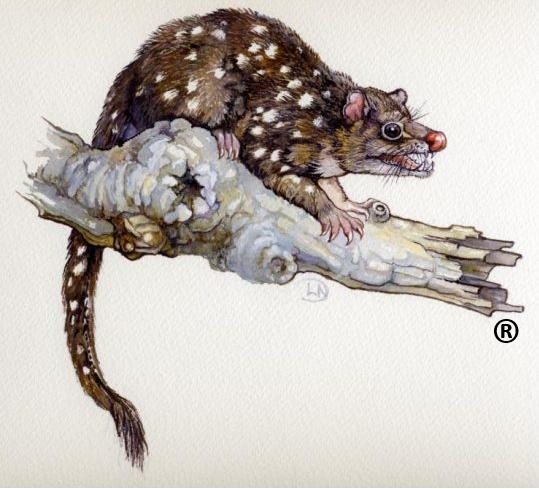
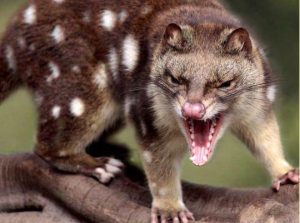


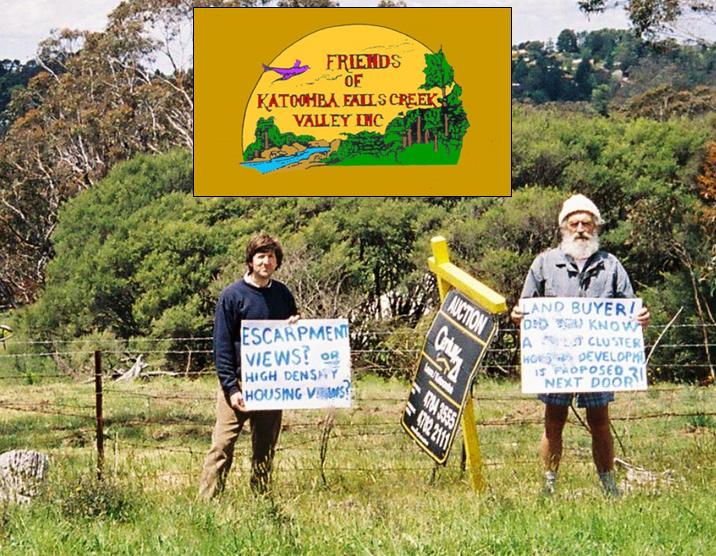
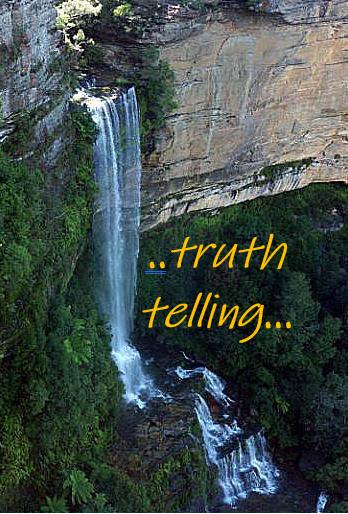
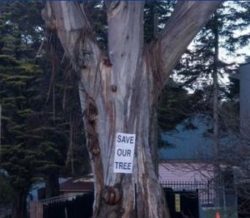
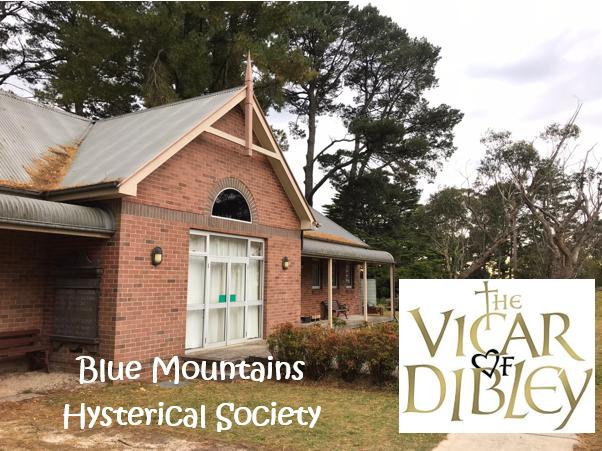

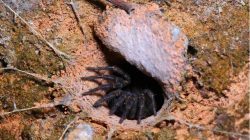

Love the Tigerquoll. Beautiful little animal with lots of courage. Seen particularly in the Flinders Ranges in S.A.
Congratulations on ‘capturing ‘it as your logo… good choice!